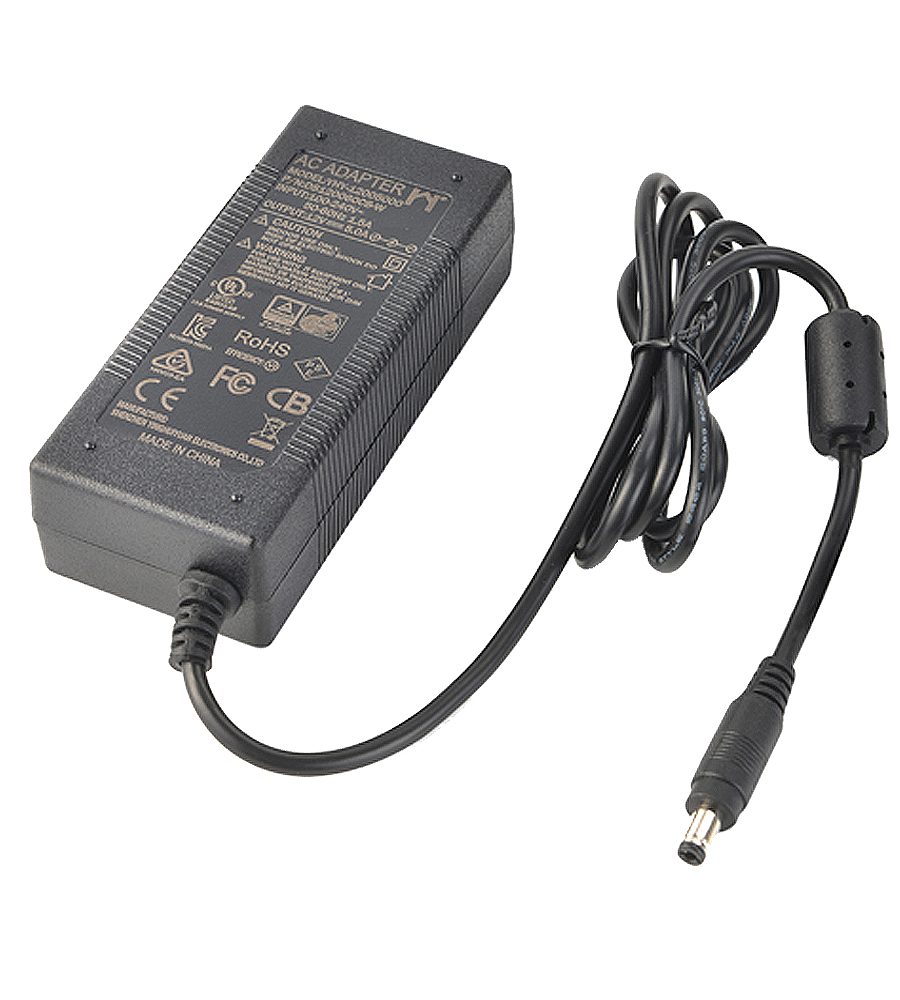Blog
Related News
Common voltage of UAV Power Adapter
Views : 629
Update time : 2023-05-24 09:18:20
UAV Power Adapters are devices used to convert electric energy from one form to another. The most common voltage of these adapters is 12 volts DC, although higher voltages are available for larger or more powerful UAVs.
The 12 volt DC output is sufficient for powering and controlling UAVs, since it is the average voltage necessary to catpult drones into action. Peak power demands for powering and controlling drones is normally supplied with 5 volts DC. This low voltage output can provide temporary power for short bursts, allowing drones to access areas of higher elevation or to maneuver quickly in tight spaces, as the extra voltage helps to increase the power of the motor and battery.
However, for larger UAVs, 12 volts DC is necessary. This is due to the increased power requirements associated with larger drones. The additional voltage helps to increase the power of large camera and surveillance payloads, as well as helps to provide a more consistent and reliable operation in a wide range of environmental conditions.

The choice between 5 and 12 volt DC output is typically based on the type of drone being used as well as the type of mission being conducted. 5 volt DC may be the better choice for smaller drones that require less power, while 12 volt DC may provide better performance and reliability for larger drones and more demanding missions.
When usage needs dictate, higher voltages are also available from UAV Power Adapters. For extremely demanding and power-hungry drones, some UAV Power Adapters have the capability to output 24 volts DC or more. These high voltages provide the ultra-high power and reliable performance that powering larger drones or more demanding operations often require.
In conclusion, the voltage choice of a UAV Power Adapter depends on the type of UAV and the environment in which it will be used. A 12 volt DC output is generally ideal for most power demands, but higher voltages such as 24 volts DC may be necessary for some drones. UAV Power Adapters with various voltages allow UAV users to customize the performance and reliability of their drone operations.
The 12 volt DC output is sufficient for powering and controlling UAVs, since it is the average voltage necessary to catpult drones into action. Peak power demands for powering and controlling drones is normally supplied with 5 volts DC. This low voltage output can provide temporary power for short bursts, allowing drones to access areas of higher elevation or to maneuver quickly in tight spaces, as the extra voltage helps to increase the power of the motor and battery.
However, for larger UAVs, 12 volts DC is necessary. This is due to the increased power requirements associated with larger drones. The additional voltage helps to increase the power of large camera and surveillance payloads, as well as helps to provide a more consistent and reliable operation in a wide range of environmental conditions.

The choice between 5 and 12 volt DC output is typically based on the type of drone being used as well as the type of mission being conducted. 5 volt DC may be the better choice for smaller drones that require less power, while 12 volt DC may provide better performance and reliability for larger drones and more demanding missions.
When usage needs dictate, higher voltages are also available from UAV Power Adapters. For extremely demanding and power-hungry drones, some UAV Power Adapters have the capability to output 24 volts DC or more. These high voltages provide the ultra-high power and reliable performance that powering larger drones or more demanding operations often require.
In conclusion, the voltage choice of a UAV Power Adapter depends on the type of UAV and the environment in which it will be used. A 12 volt DC output is generally ideal for most power demands, but higher voltages such as 24 volts DC may be necessary for some drones. UAV Power Adapters with various voltages allow UAV users to customize the performance and reliability of their drone operations.


